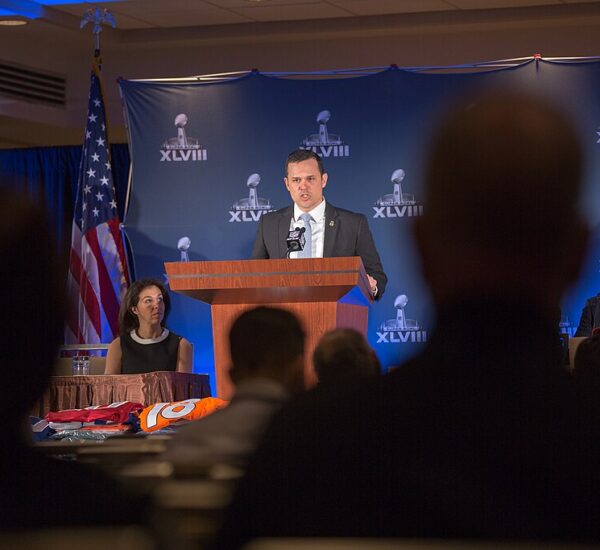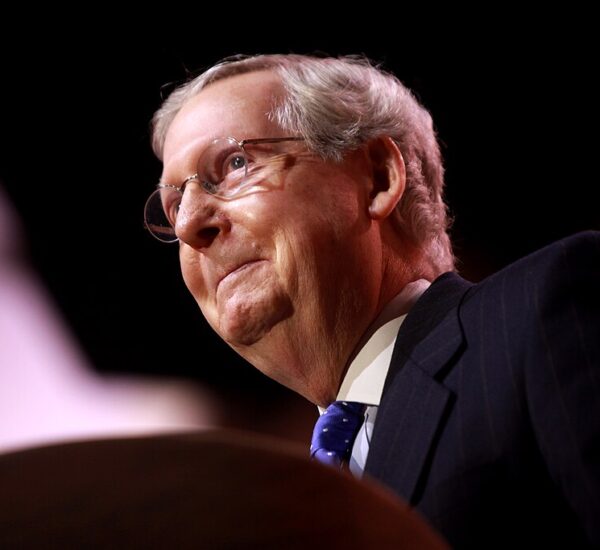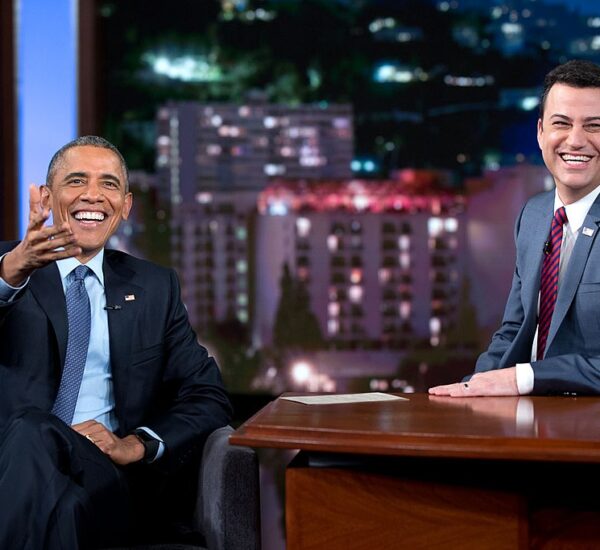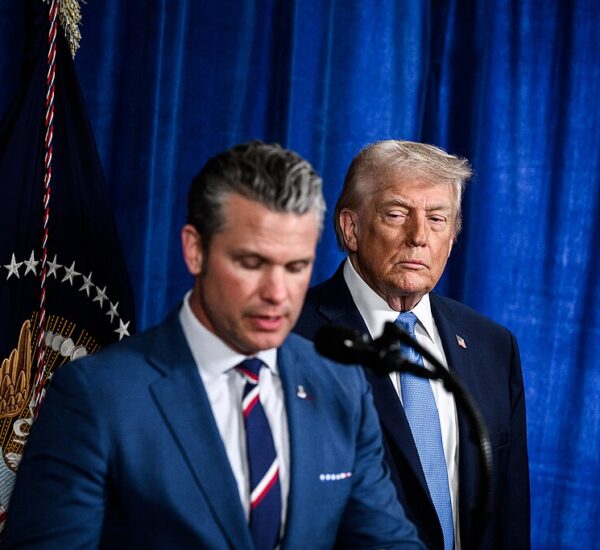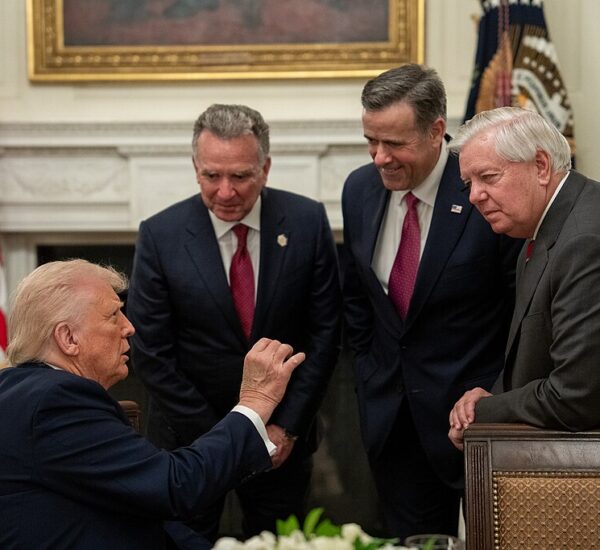Here are the latest developments.
For over two decades, Washington proudly touted its partnership with India as a cornerstone of American foreign policy. Now, that alliance is crumbling — and India is openly signaling it may prefer Moscow and Beijing over Washington.
A Crisis of Trust Between Washington and New Delhi
The U.S.–India relationship, once hailed as one of America’s biggest diplomatic achievements, is now at its lowest point in years. Experts say the trust carefully built over 25 years has collapsed.
The breaking point? Tariffs imposed by President Trump to pressure India over its massive Russian oil purchases. The White House placed a 25% tariff on Indian imports, which doubles to 50% on August 27.
India Pushes Back — and Looks East
Instead of backing down, New Delhi has moved closer to America’s rivals. India’s national security adviser has traveled to Moscow, its foreign minister is in talks with Russia this week, and Chinese diplomats have already been welcomed in Delhi.
Prime Minister Narendra Modi is even planning his first trip to China in more than seven years. Meanwhile, Vladimir Putin has invited him to Moscow before the year ends.
India’s pivot shows how Washington’s attempts to punish Modi for buying Russian energy may be driving India into Moscow’s embrace.
Russian Oil Floods Into India
The numbers are staggering. Before the Ukraine war, Russian crude accounted for less than 1% of India’s imports. Today, it’s over 35%.
Russia is offering discounts of up to 7% below global prices, and India’s state-run refineries are taking full advantage. Moscow is also pushing to expand shipments of coal and LNG, deepening the energy partnership even further.
Russia’s message is simple: while America threatens, Russia delivers.
Modi Defends Indian Sovereignty
Domestically, Prime Minister Modi has turned the trade standoff into a political win. He portrays Washington’s tariffs as an attack on Indian farmers, small businesses, and young workers.
This defiant stance resonates with Indian voters. By resisting American pressure, Modi strengthens his image as a leader who puts sovereignty first — a message that carries real political weight in Delhi.
Washington Strikes Back
The Trump administration isn’t backing down either. Former trade adviser Peter Navarro blasted India’s Russian oil purchases as “corrosive” and “opportunistic,” warning that India risks losing privileged access to U.S. markets.
“If India wants to be treated as a strategic partner,” Navarro wrote, “it needs to start acting like one.”
A Strategic Partnership in Freefall
Just over a decade ago, the U.S. and India signed a landmark nuclear deal, proving that even with differences, the partnership could thrive. Today, those days feel like ancient history.
India is now signaling that it will pursue its own path — even if that means aligning with America’s adversaries.
Can the Quad Survive Without Trust?
For years, the U.S. counted on India as a democratic counterbalance to communist China. That vision is now in jeopardy.
Analysts warn that defense cooperation, intelligence sharing, and joint strategy require trust — and that trust is slipping away.
If India continues down this path, Washington may face the unthinkable: losing one of its most important allies in Asia to Russia and China.

